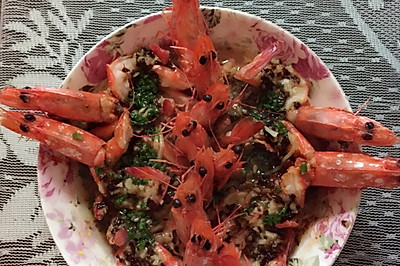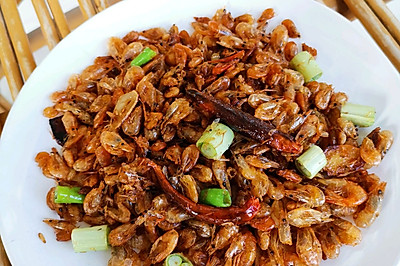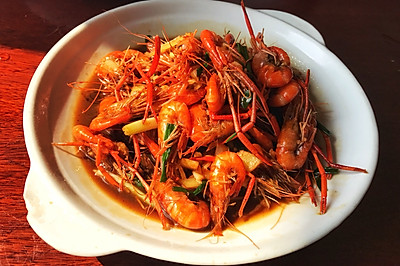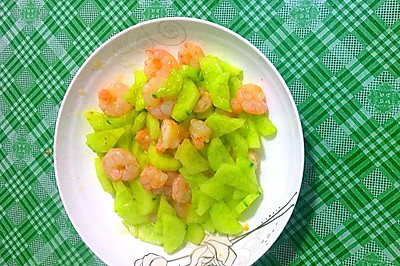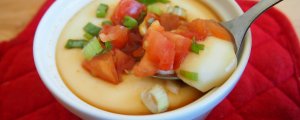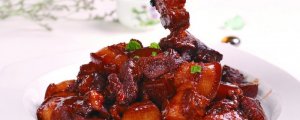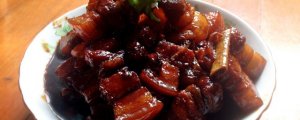
It's been thousands of miles. It can't be forgotten
(161648 views)
Sha Cha shrimp has walked thousands of miles. We can't forget that in such a special spring, we received Sha Cha from our classmates. We were surprised. One surprise was the goddess sister in the University and the impression that she always hid in the corner and kept silent in class. The second surprise was that she could finally eat the Sha Cha from her hometown, which we had been missing for a long time I have walked thousands of miles. I can never forget Baiyun Dalang's four-year life memory. As time goes on, it also gradually fades away. But this impression of the sand tea can never be forgotten. For most people, the sand tea is a good seasoning. But for me, it is more of a yearning for youth Four years of white cloud big lang. seems to be a little muddleheaded. Dormitory classroom dining room three o'clock line of life. Day after day. Repeat that I forgot to go to a brave love. The joy of life is nothing more than the occasional outdoor feather under the girls' dormitory
Cooking ingredients
Cooking Steps

Step1:Wash shrimps. Marinate with a little cooking wine. Set asid

Step2:Shredded ginger, chopped garlic and rice for later us

Step3:Ready to use sauc

Step4:Put water in the pot, add a little salt, boil, put in the shrimp, boil and take out

Step5:Shell the shrimp. Leave the shrimp (take off the shrimp line slowly if you have time

Step6:Heat the oil under the pot. Add ginger, garlic, a little chili sauce, two spoonfuls of tea sauce, stir fry. Add a little water, stir fry the shrimps. Collect the juice over high heat. Add some salt and chicken essence for seasoning. Install the plate
Cooking tips:Du Niang said - SATA sauce. Also known as SATA. Also known as Satay. It is said that in the 1920s and 1930s, many people in Chaoshan area risked their lives to cross the Western Ocean in order to avoid the war and find a livelihood. That is to say, the older generation went to the South Ocean. After more people went to Nanyang, Chaoshan area and Southeast Asia gradually established a connection. Some eating habits of Nanyang area were brought back to Chaoshan area, which was accepted by Chaoshan people. The most representative one was Sha Cha paste. In Southeast Asia, Shacha refers to the barbecue skewers coated with this special barbecue sauce. Later, the barbecue sauce spread back to Chaoshan area. It is popular in Guangdong and Fujian areas. According to the transliteration, it should be called Satay. But in Chaoshan area, Putonghua Dad and Chaoshan dialect tea are homophones. So Chaoshan people call it Satay. At the same time, they improve it according to their own taste. In Chaoshan area, the sauce is a good companion for hot pot
 Chinese Food
Chinese Food